Brazil / República Federativa do Brasil – Let’s explore here
What’s it like in Brazil?
Brazil is the fifth largest country in the world, almost the size of Europe, and about 90% of the size of the USA. It covers almost half of South America and its coastline is 4,655 miles (7,491 km) long. Its neighbours include Argentina, Bolivia, Colombia, France (French Guiana), Guyana, Paraguay, Peru, Suriname, Uruguay and Venezuela.
It is also the seventh most populous country – around 213 million people live there (2024), about one in four of whom live in the metropolitan area of its largest city, São Paulo.
The south east of the country is mainly hilly and mountainous, whereas the north and west contains the Amazon rainforest. The highest point in Brazil is on the border with Venezuela, the Pico da Neblina, at 9,823 ft (2,994 m) above sea level. One of the two longest rivers in the world, the Amazon, is in Brazil. Also, the largest set of waterfalls in the world is on the border of Brazil and Argentina, the Iguazu Falls.
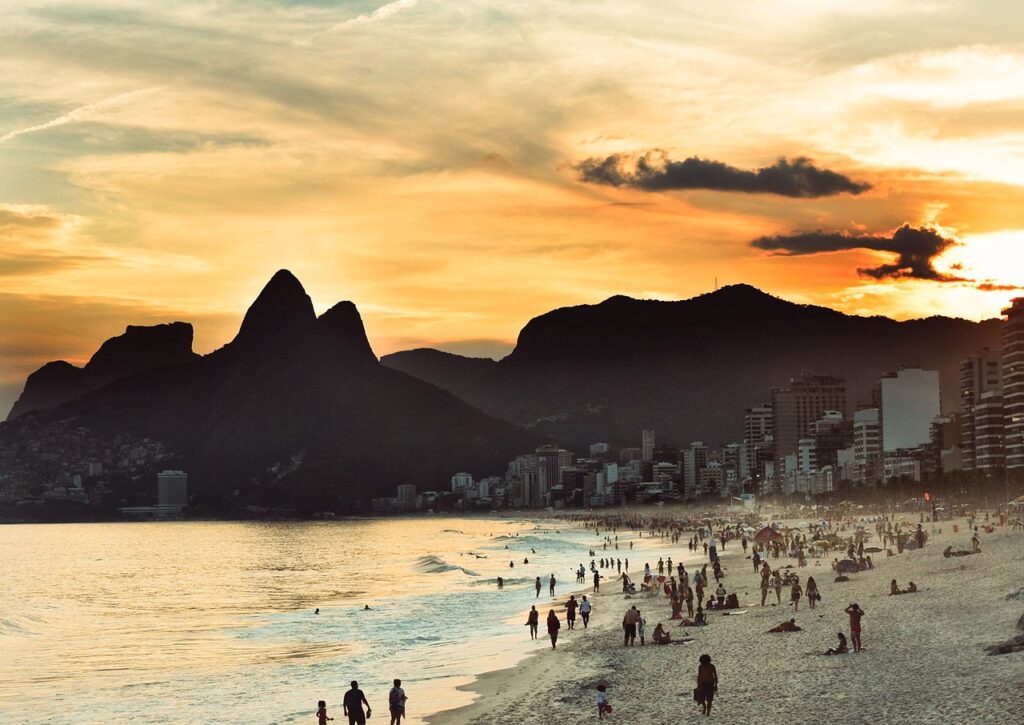
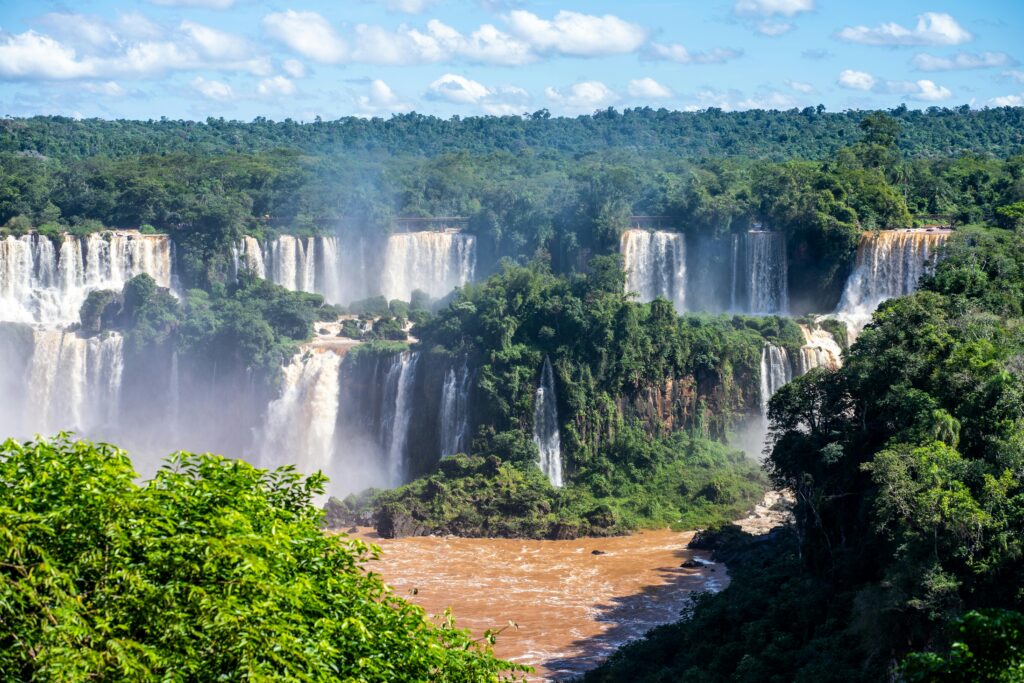
A bit about the history of Brazil
Brazil’s history is shaped by Indigenous cultures, Portuguese colonization, the transatlantic slave trade, independence, and its transformation into a modern nation.
Portuguese colonisation
Before Portuguese colonisation, Brazil was inhabited by numerous Indigenous groups, including the Tupi, Guaraní, and Yanomami, each with distinct cultures and societies. In 1500, Portuguese explorer Pedro Álvares Cabral arrived on the Brazilian coast, and the region became a colony of Portugal. Over the next few centuries, Brazil became an important source of valuable resources such as sugar, gold, and later coffee, cultivated by enslaved Indigenous peoples and Africans.
In the 19th century, Brazil played a key role in the transatlantic slave trade, bringing millions of Africans to work on plantations and in mines. This legacy of slavery has had a lasting impact on Brazilian society and its demographics.
Independence and republicanism
Brazil declared its independence from Portugal on September 7, 1822, led by Dom Pedro I, the son of the Portuguese king, who became Brazil’s first emperor. Brazil remained a monarchy until 1889, when a military coup abolished the monarchy and established a republic. The late 19th and early 20th centuries saw Brazil undergo significant economic change, with coffee becoming the country’s primary export and fueling industrialization, especially in cities like São Paulo.
Military dictatorship
The early 20th century was marked by political instability and alternating periods of military and civilian rule. In 1964, a military coup led to a period of military dictatorship, which lasted until 1985. During this time, Brazil faced political repression, censorship, and economic challenges, but also experienced rapid industrialization and urbanization.
Saving the economy
In 1985, Brazil returned to democratic rule with the election of Tancredo Neves, although he died before taking office, and his vice president, José Sarney, assumed the presidency. The subsequent years were marked by efforts to stabilize the economy, which included battling hyperinflation and implementing economic reforms.
In the late 20th and early 21st centuries, Brazil emerged as one of the world’s largest economies, driven by agricultural exports, mining, and a growing manufacturing sector. The country became a key player in international politics and a member of groups like BRICS (Brazil, Russia, India, China, South Africa). Brazil hosted the 2014 FIFA World Cup and the 2016 Summer Olympics, signaling its global significance.
In recent years, the country has grappled with political polarisation and social unrest. Nevertheless, Brazil remains the largest country in South America and an influential global player, known for its cultural diversity, vibrant cities, and natural beauty.

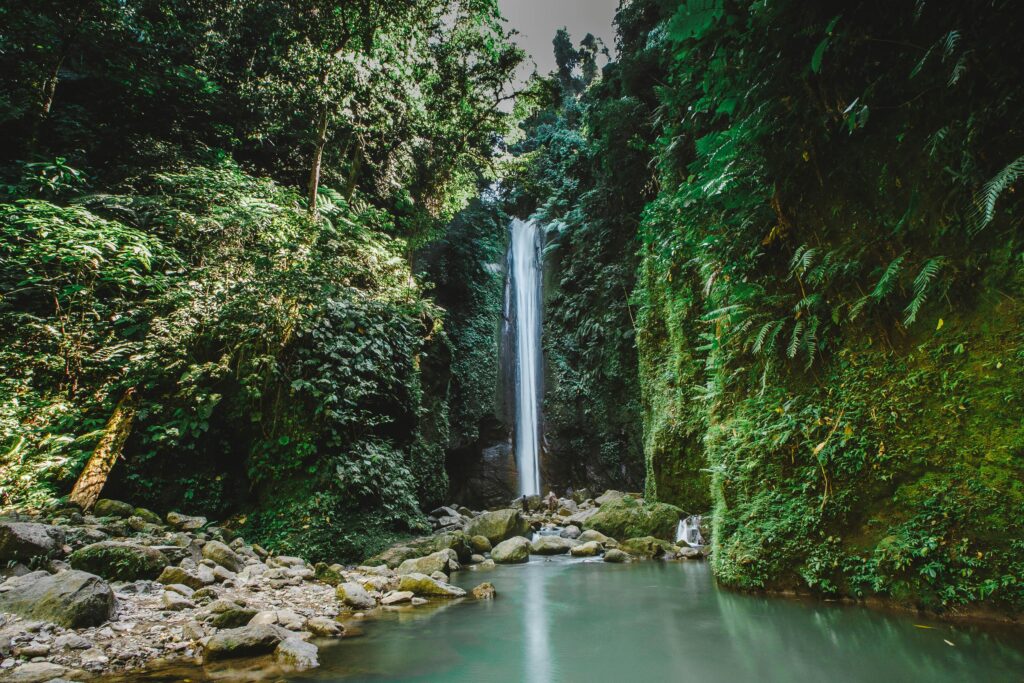
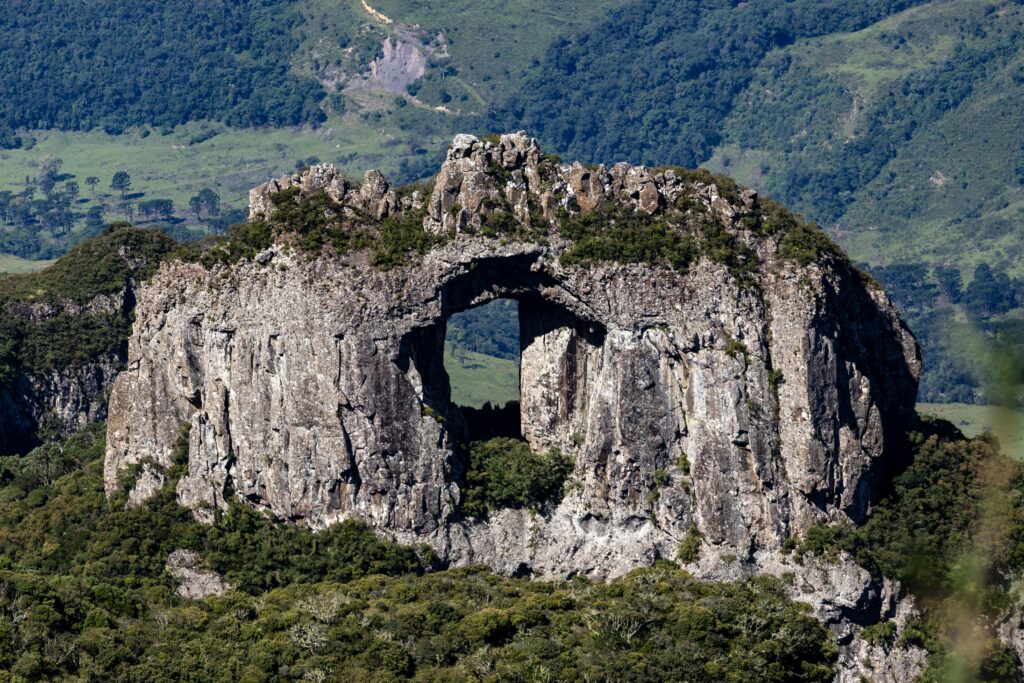
Brazil road trip
Our Brazilian road trip is part of a much larger South American road trip.
Map of our road trip through Brazil
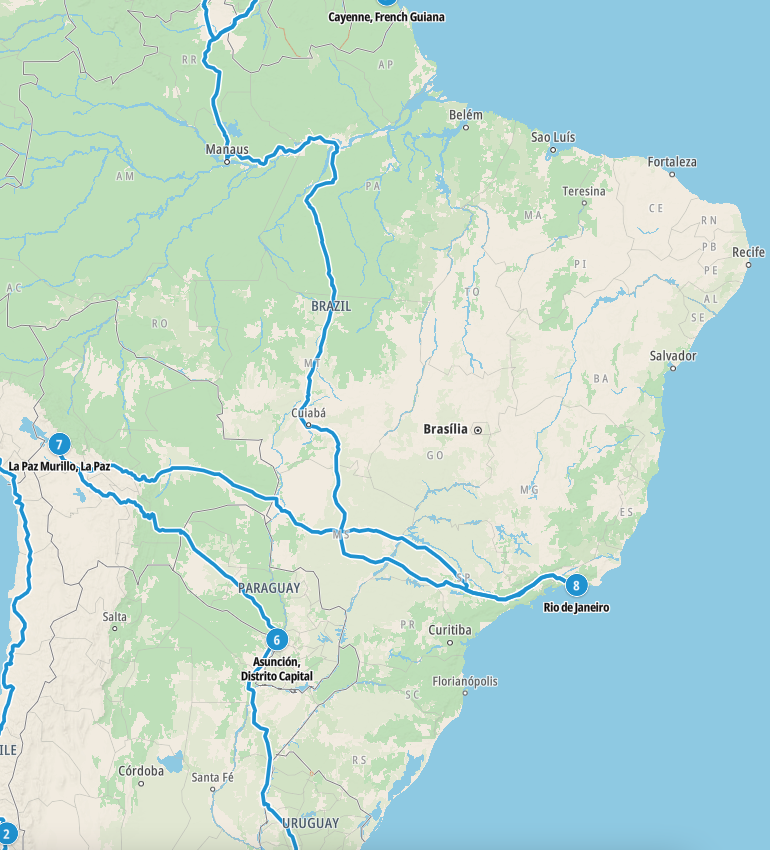
Our current planned Brazilian road trip takes us from Bolivia towards Rio de Janeiro, before heading north to Guyana.
No doubt this Pan-South American route will change once we reach Brazil, so that we can explore the country in more depth.
Hopefully our journey will improve our knowledge of this intriguing and beautiful country, and enable us to meet some interesting people. We’ll be updating this page at that time – don’t forget to check back
What’s it like to drive in Brazil?
They drive on the right hand side of the road in Brazil. Road conditions are mostly quite poor, as are driving standards.
Do you require an international driving permit in Brazil?
We’ve created a dedicated page to driving abroad, which answers this question, and more, which you might find helpful.
Can you use your UK driving license when driving through Brazil?
We’ve created a dedicated page to driving abroad, which answers this question, and more, which you might find helpful.
Do I need a carnet de passages to drive in Brazil?
We’ve created a dedicated page to driving abroad, which answers this question, and more, which you might find helpful.
What currency do they use in Brazil?
In Brazil they use the Brazilian Real. Cash is widely used. The use of credit / debit cards is widely accepted in cities, although not in rural areas. Travellers cheques are not accepted outside of major cities. There are many ATMs in cities, although not all accept foreign issued cards.
You should make yourself aware of the amount that your bank charges you for using credit and debit cards abroad. Often credit cards are cheaper for purchasing items directly, and for withdrawing cash from ATMs.
What language do they speak in Brazil?
They speak Portuguese in Brazil. Although many also speak Spanish. English is not widely spoken outside of major cities.
What time zone is Brazil in?
Remember, when you’re planning your next trip to take a look at what time zone it’s in.
Do I need a visa to visit Brazil?
We’ve created a dedicated, more comprehensive page on visas, which you should find helpful. Check it out!
Is wild camping legal in Brazil?
Yes, wild camping is fine in Brazil, although check the land is not private.
What plug / socket type do they use in Brazil?
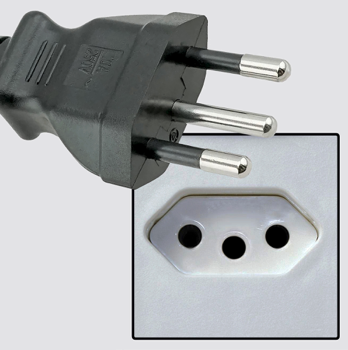
In Brazil they use plug / socket type N.
Health issues in Brazil
Is it safe to drink water in Brazil?
Yes, it is safe to drink tap water in Brazil, however in some remote areas it is not safe. Bottled water is readily available throughout the country.
What vaccinations are required for Brazil?
This NHS website is kept up to date with all relevant information on vaccinations in Brazil.
Phones in Brazil
What is the country calling code for Brazil?
The country calling code for Brazil is +55
What are the emergency phone numbers in Brazil?
- The emergency number for police in Brazil is: 190 / 112 / 911
- In Brazil, the emergency number for ambulance is: 192
- The emergency number for fire in Brazil is: 193
If you’ve got some useful info that you’d like to share, let us know!
And don’t forget to check out all the other pictures!
